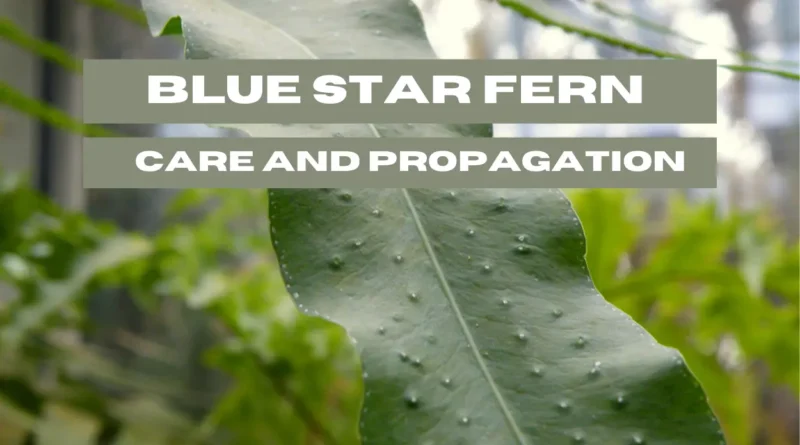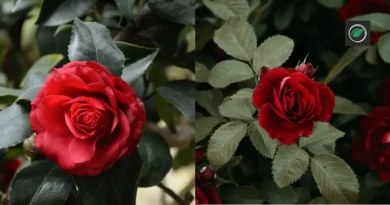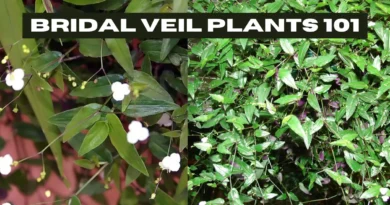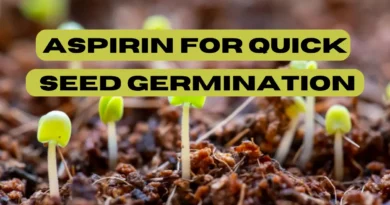Blue Star Fern Propagation and Care Guide (2024)
Blue Star Fern: Simple Tips for Growing and Enjoying Beautiful Fern
Ferns are beautiful types of plants especially because they give a very aesthetic look when placed indoors. There are different types of ferns around the world. Blue star fern is popular in the list of ferns because of its uniqueness.
In this article, we will talk about Blue star fern which is scientifically known as Phlebodium Aureum. It has a unique and beautiful green and blue leaves. The blue fern plant has air purifying quality which is good for the indoor environment. We will also discuss complete blue star fern care.
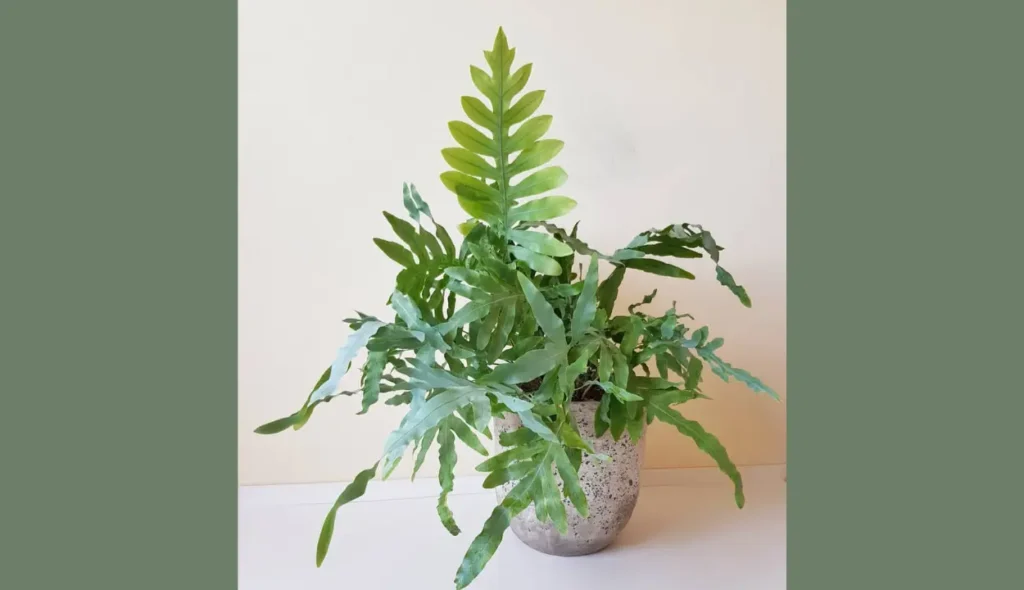
Table of Contents
Information about Phlebodium Aureum
| Common Name | Blue Star Fern |
| Family | Polypodiaceae |
| Region | Tropical and subtropical regions Central America, and South America |
| Color | Blue-green |
| Adaptability | Well-adapted to indoor conditions |
| Propagation | Spores or division |
| Temperature | 17-25 °C |
| Humidity | 50-60% |
| Maintenance | Easy |
| Soil | Well-draining |
Blue Star Fern Care Guide Step by Step:
Watering Requirement:
Understanding the watering needs of blue fern plants is crucial for the overall health of ferns. Blue fern loves the moist soil whether you are growing indoors or outdoors. Soil should have moisture all the time but make sure that you do not over water. Only water when you see the upper surface slightly dry. It is also important that the pot has proper drainage holes otherwise it can cause root rot.
Light Requirement of Blue Fern Plant:
Phlebodium grows successfully in bright but not direct sunlight light. If you place the fern in direct sunlight it can scorch the fronds and also disturb the health and color. Select the area where the fern receives bright and indirect sunlight. As compared to the other ferns the blue star fern has the quality to survive on low light levels this is why blue fern is most preferred and successful in indoor growing.
If you see any change in the color of the fronds then it is possible that your fern is receiving very low or very high light levels.
Best Soil for Phlebodium Aureum
Blue fern like to grow in well-draining and loose soil. Phlebodium belongs to tropical and subtropical regions so it needs consistent moisture in soil. You can choose 60 percent peat moss, 20 % perlite, and 20% orchid bark or you can adjust accordingly. Peat moss will hold the moisture, perlite will make the soil well-draining and prevent waterlogging, and orchid bark will promote aeration in the soil.
Humidity Level
Blue fern needs a high level of humidity for successful growth because it belongs to the tropical region. The minimum humidity requirement of blue star fern is 50%. You can use a humidifier to meet humidity requirements or misting can also help to maintain moisture, especially in winter when we use heaters in the house the humidity level drops. The dry and warm air in the home damages the blue fern.
In winter you can place a pot or tray of water in the room for a moisture boost. We recommend you use a humidifier rather than misting. Symptoms for low levels of humidity are brown tips of leaves.
Fertilization
It is not necessary to fertilize blue fern plant but if you want to use fertilizer to support healthy growth you can use liquid balanced fertilizer with the ratio of 10-10-10. Use fertilizer after every 8 weeks in the growing season.
Do not fertilize when the blue fern is in a dormancy period which is usually from November to February. Only fertilize in the growing season. Read the instructions and dosage on the fertilizer pack properly so that you do not over-fertilize.
Pests and Diseases
The common pests and diseases that can affect are mealy bugs, spider mites, scale insects, and leaf spots. Misting can help in the initial stage to deter the pests but if pests are not controlled you can use neem oil or insecticidal soap. Overwatering be the main cause of pests and disease attack on blue fern.
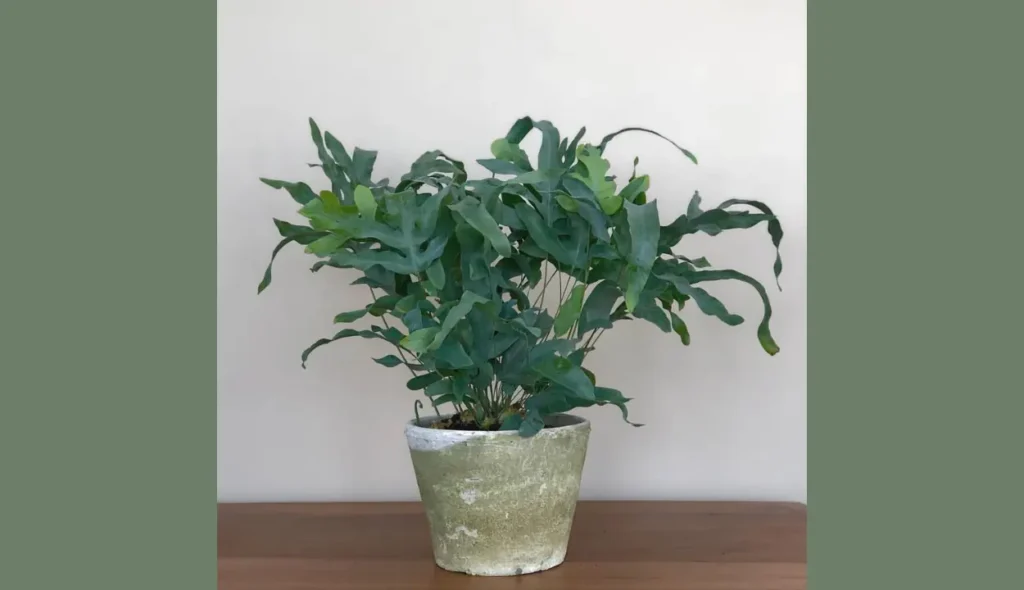
Propagation of blue star fern
There are two methods by which propagation can be done.
- Spore propagation
- Division propagation
The best and easiest method to propagate is the division method. Select the mature and healthy plant that has formed a dense clump of rhizomes. Water the fern two days before division this will make the soil pliable. Carefully remove the plant from its pot without damaging its roots. Identify the rhizomes and separate them by using a sharp knife or by hand.
Plant them in separate pots and water them properly. Make sure that the soil remains moist and place the plants where they get indirect or filtered sunlight.
Common Issues of Blue Star Fern
- Yellowing Fronds
This can be a symptom of overwatering, lack of nutrients, and direct sunlight exposure. Pests and diseases attack on the plant can also cause yellowing fronds. Firstly, only water when you feel the soil dry on touching and the pot must have drainage holes. Overwatering is normally the main cause of yellowing fronds.
Secondly, if your plant receives too much direct sunlight then you should change the place. Lack of nutrient-causing yellowing fronds is not common.
In the dormancy period, the older fronds turn into yellow color before shedding which is normal.
- Wilting
Wilting can be a sign of several issues but the main issue that causes wilting is under watering and pest attack. Keep the soil moist to avoid wilting. Inspect the plant thoroughly if you find any pest attack take the necessary steps.
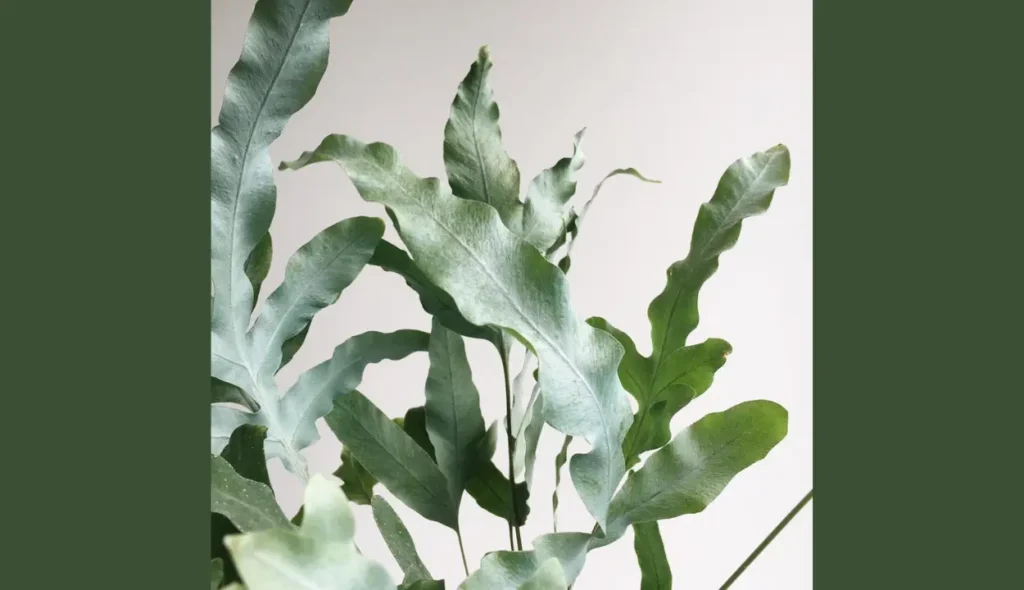
Conclusion
Blue star fern is the best option to grow indoors because of its beautiful color and air-purifying qualities. It adds an elegant touch of nature to our living spaces. It is an easy-to-maintain indoor fern if you are a beginner by following the care guide explained in this article you can easily plant it in your home.
Use the proper soil as explained above and watering should be done carefully. The Blue Star Fern is a great option if you’re searching for a low-maintenance plant that also happens to look fantastic!
FAQS
How can I address yellowing fronds on my Blue Star Fern?
Yellowing fronds may result from overwatering, direct sunlight exposure, or pests. Water only when the soil is dry, ensure proper drainage, and move the plant if it receives too much direct sunlight. Pests can be managed with appropriate measures.
How do I maintain the humidity level for Blue Star Fern?
Maintain a humidity level of at least 50% for Blue Star Fern. You can use a humidifier or misting, especially in dry conditions like winter. Placing a tray of water in the room can also help boost moisture.
How often should I water my Blue Fern plant?
Water the Blue Star Fern when the upper surface of the soil feels slightly dry. Make sure to make proper drainage to prevent root rot.
What is the best soil mix for Phlebodium Aureum?
A suitable soil mix for Blue Star Fern is 60% peat moss, 20% perlite, and 20% orchid bark for well-draining and moist conditions.
How can I propagate Blue Star Fern?
Blue Star Fern can be propagated through spore propagation or, more easily, through division. Select a mature plant, water it two days before division, and carefully separate the rhizomes for replanting.

